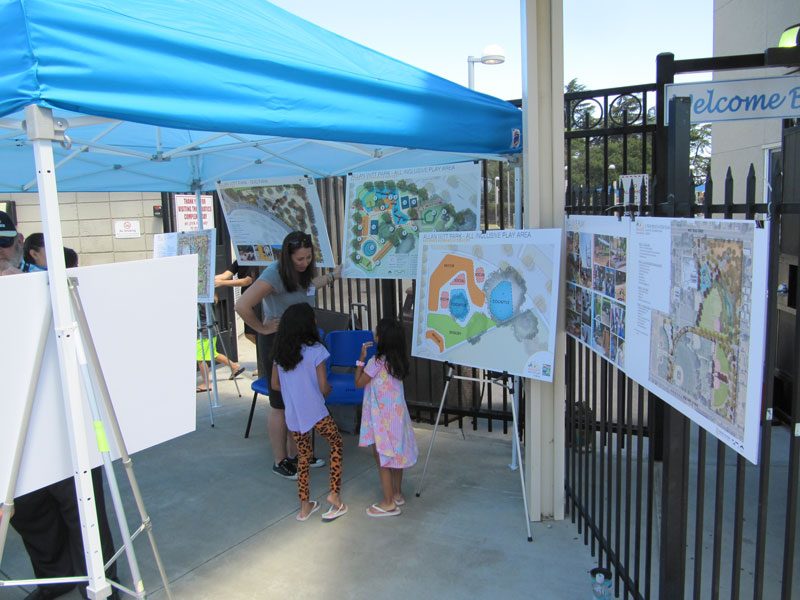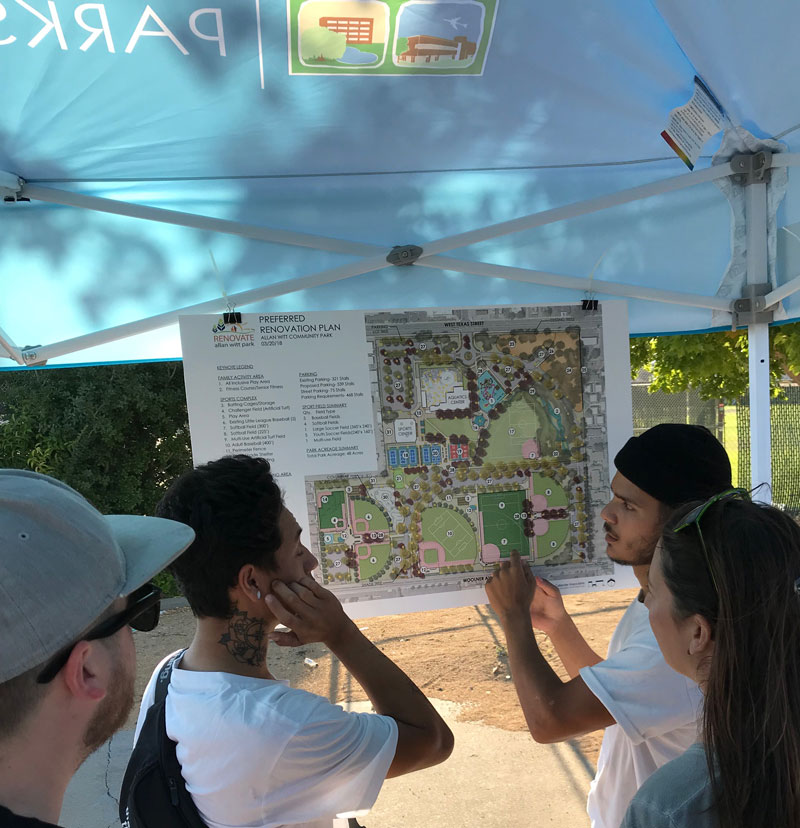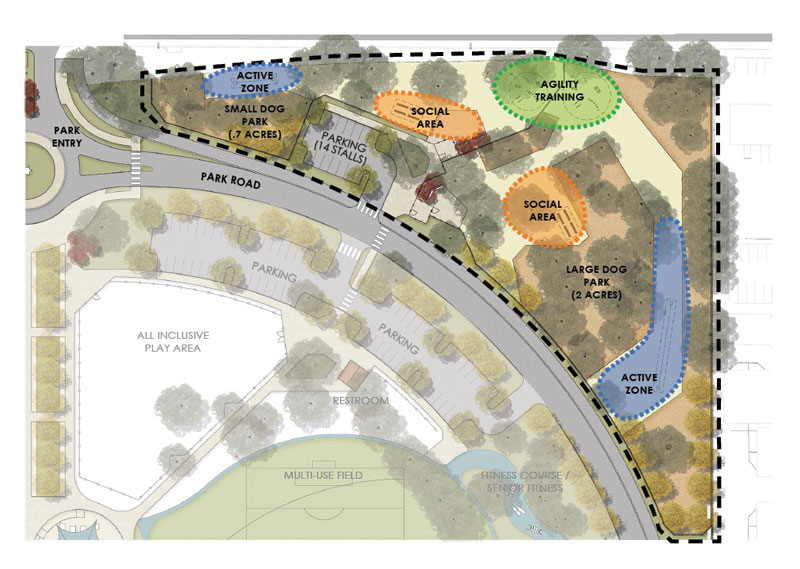Community spaces are critical infrastructure in the urban environment. As I reflect on current events with the social movement for racial justice, I see an obligation as a Landscape Architect and Park Planner to translate the voices of a diverse community into public spaces that serve many functions. It is critical that the spaces encourage community interaction and assembly as well as promote health.
A key tenet of social equality is access. Park spaces set the framework for many recreational opportunities but rely on community and local governments to support those efforts. It is encouraging to see many cities investing money into their urban and many times disadvantaged communities in an effort to reinvest in their community’s future. An example of that is at Allan Witt Community Park in Fairfield, CA.

Located in the heart of Downtown Fairfield, the first two phases of the 48-acre park renovation are set to begin this summer. This is the beginning of a larger, multi-phase project for a space that has seen significant decline in recreational use and increase in vandalism over its 50-year history. The City of Fairfield hired CALA to develop a new master plan for the park that focuses on safety and reactivation of spaces. The plan not only maps out a community-supported design, it also develops a strategic, phased approach to the improvements in order to minimize disturbance of the whole site. The phased approach also preserves the greatest park attributes, incorporates new amenities to support the park goals and provides new means of access to the park. It was apparent through the public outreach process that safety was the main concern that resulted in the reduced use of the park. Working closely with the community and many of the City departments, including the Police Department, CALA developed solutions that address safety. The renovation plan was integrated with the Heart of Fairfield Plan and the City Council’s Community Spaces Initiative to emphasize cohesive community-based solutions to activate space while reducing blight and crime.
While the actual crime statistics in the park were low, the perception that the park was unsafe was considerable. As CALA’s in-house Crime Prevention Thru Environmental Design (CPTED) certified professional, I provided guidance on the principles of CPTED to design a park that changes the narrative of safety at the park: natural access control, natural surveillance, territoriality, and maintenance.
Phase 1- Skate Park: This phase includes graffiti removal, perimeter cleanup, ADA upgrades and installation of safety fencing.

Phase 2- Park Entry and Dog Park: The park entry will be renovated to refresh the views entering the park and the park road will be realigned to allow for better visibility into the park core. The new dog park will be located in an area of the site that previously had issues with illicit activity but will now attract visitors to the park throughout the day. The dog park is a unique amenity that allows for pathways to meander through the existing tree groves, limiting disturbance to the roots.

It has been a great honor to work with the City on outreach, master planning and construction design of Allan Witt Park as they reinvest in the community’s future. I look forward to seeing how the park renovation will once again encourage community interaction as well as promote health of all in the Fairfield community. It is these types of projects that truly make me feel like I am making a difference in the world.
To read more about Social Equality and Parks and Recreation, please visit: NRPA – Social Equity and Parks and Recreation
If you would like more information on CPTED principles or have any questions, please reach out!


